Austin’s bat colony may be large, but don’t sleep on Round Rock’s McNeil Bridge winged crusaders.
But as September winds down, so does bat season in Round Rock. These aerial acrobats are preparing for their long flight south, and their twilight displays will soon fade until next spring.
While Austin is home to the largest urban bat colony in North America, numbering in the millions, the colony at McNeil and Interstate 35 has easily included more than half a million bats, said Fran Hutchins, director of Bracken Cave Preserve—a protected nature area northeast of San Antonio that shelters the world’s largest colony of Mexican free-tailed bats.
“They will show up on Doppler [radar] every day,” Hutchins said of the Round Rock colony. “It’s pretty impressive.”
Weighing in at approximately 15 grams and about as big as two thumbs, the Mexican free-tailed bats that reside under the McNeil Bridge live between seven to 12 years in the wild. They’ll eat about half their body weight in insects each night, preferring agricultural-type bugs larger than mosquitoes and flies.
When they emerge from their roost shortly before sunset nightly, the dark-winged residents usually head eastward, foraging as far as 60 miles from home, Hutchins noted.
“They’re heading out of town,” he said.
In September, the McNeil Bridge bats typically emerge around sunset, often between 7:30 and 8 p.m. The colony generally heads eastward to forage, and on some evenings the bats may wait until it is nearly dark before emerging. The spectacle can last from 30 minutes to more than an hour, with successive waves filling the sky.
Once out, they’ll stay out most of the night, sure to return home before light to avoid hawks and other predators looking for chicken winged-sized snacks.
Although Mexican free-tailed bats clock in at 98 miles an hour, their small size and slow reproduction make them susceptible to extinction. Most North American bat species produce only one pup a year.
Scientists estimate insect-consuming bats provide more than $23 billion in agricultural and human health savings for the planet annually. Migrating to caves in Mexico for the winter, Mexican free-tailed bats begin returning in February, forming large maternity colonies by early spring.
Locals have just a few more weeks to catch their dramatic evening flights — by the end of this month and into October, most of the McNeil Bridge bats will be gone, headed to Mexico to spend the winter in warmer caves.
Curious to learn more about the winged wonders flying overhead? Round Rock Public Library will host “Bats: Why We Can’t Live Without Them” from 10-11 a.m. on Saturday, Oct. 18, featuring a presentation by the Good Water Master Naturalists.
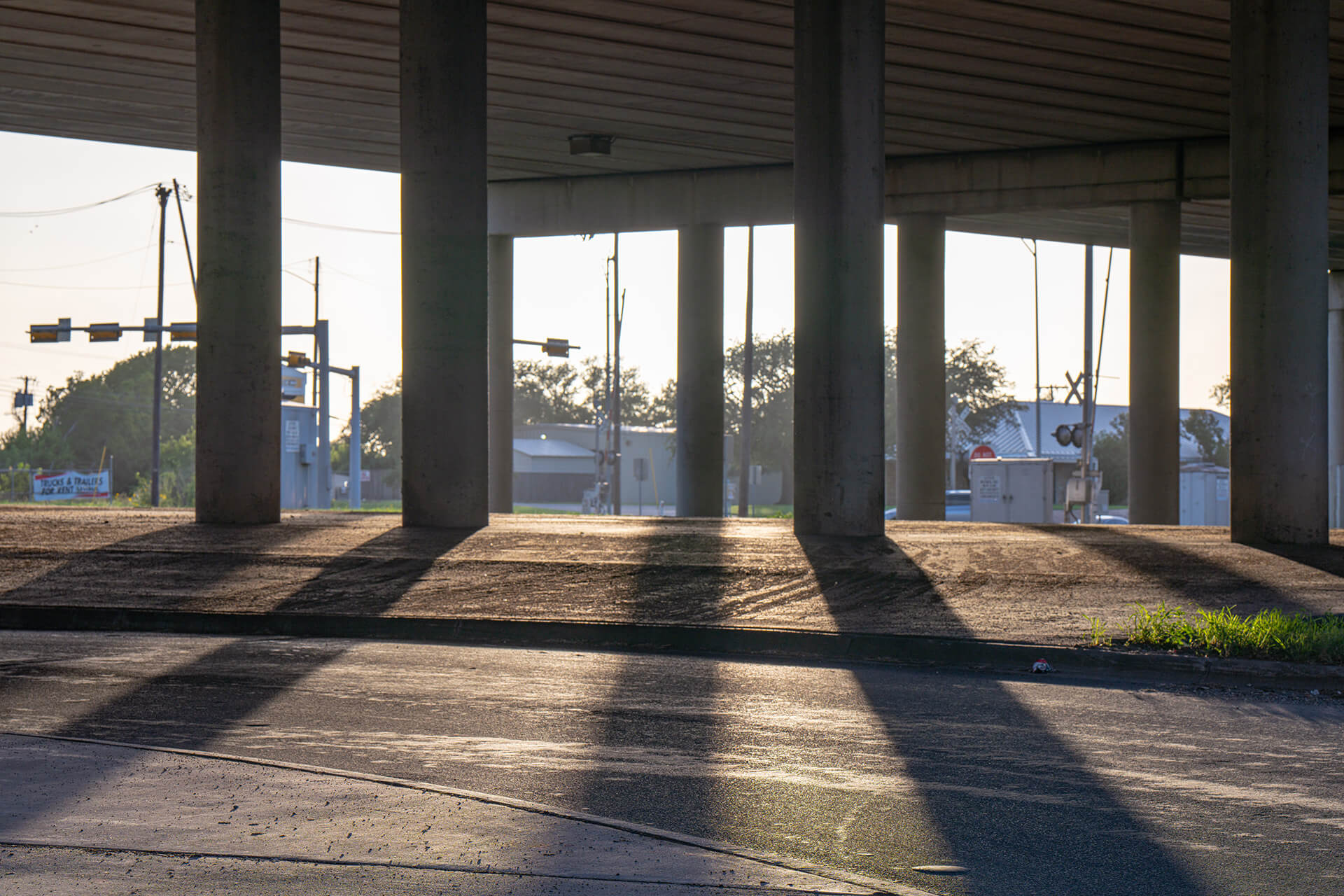
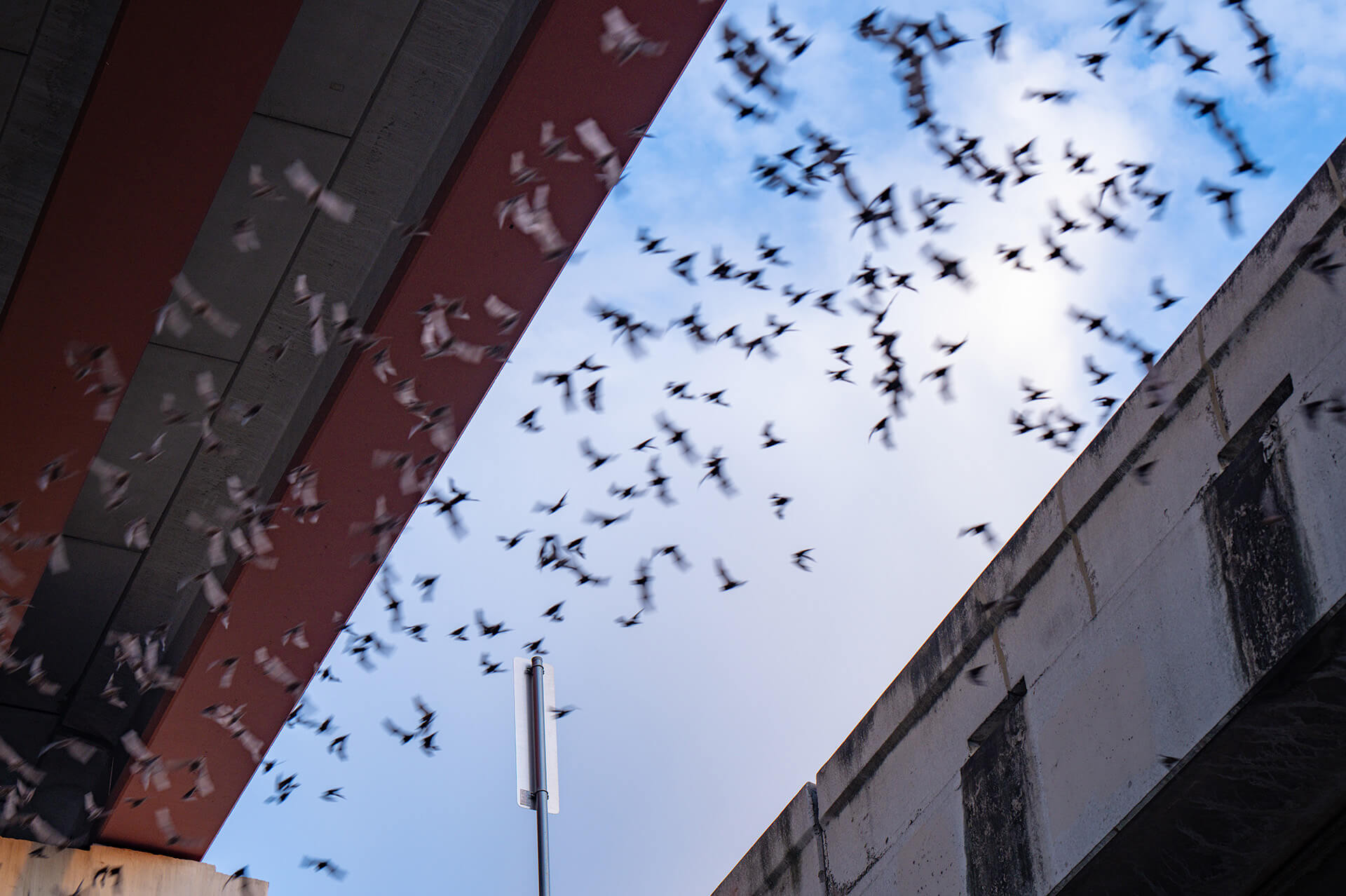

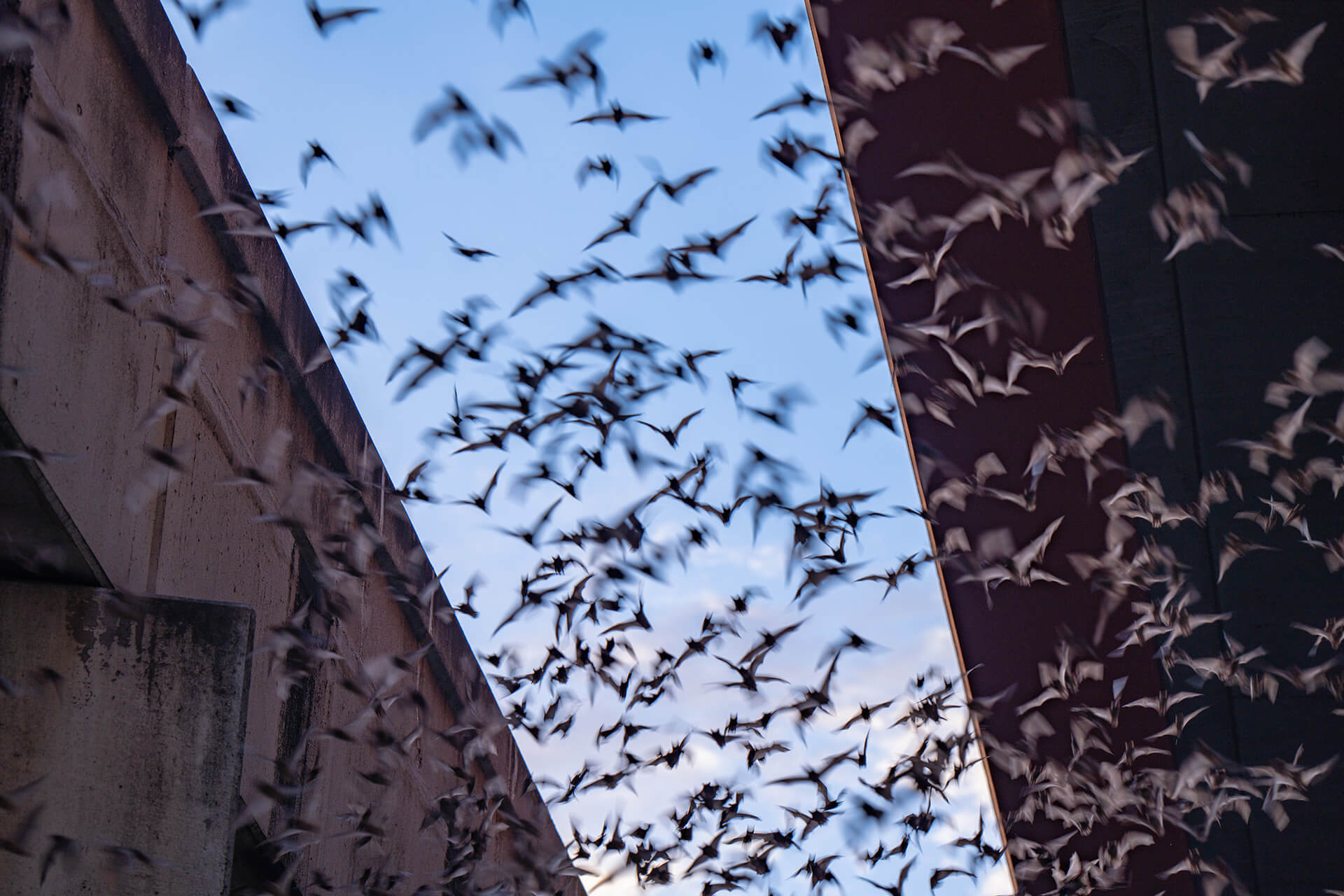
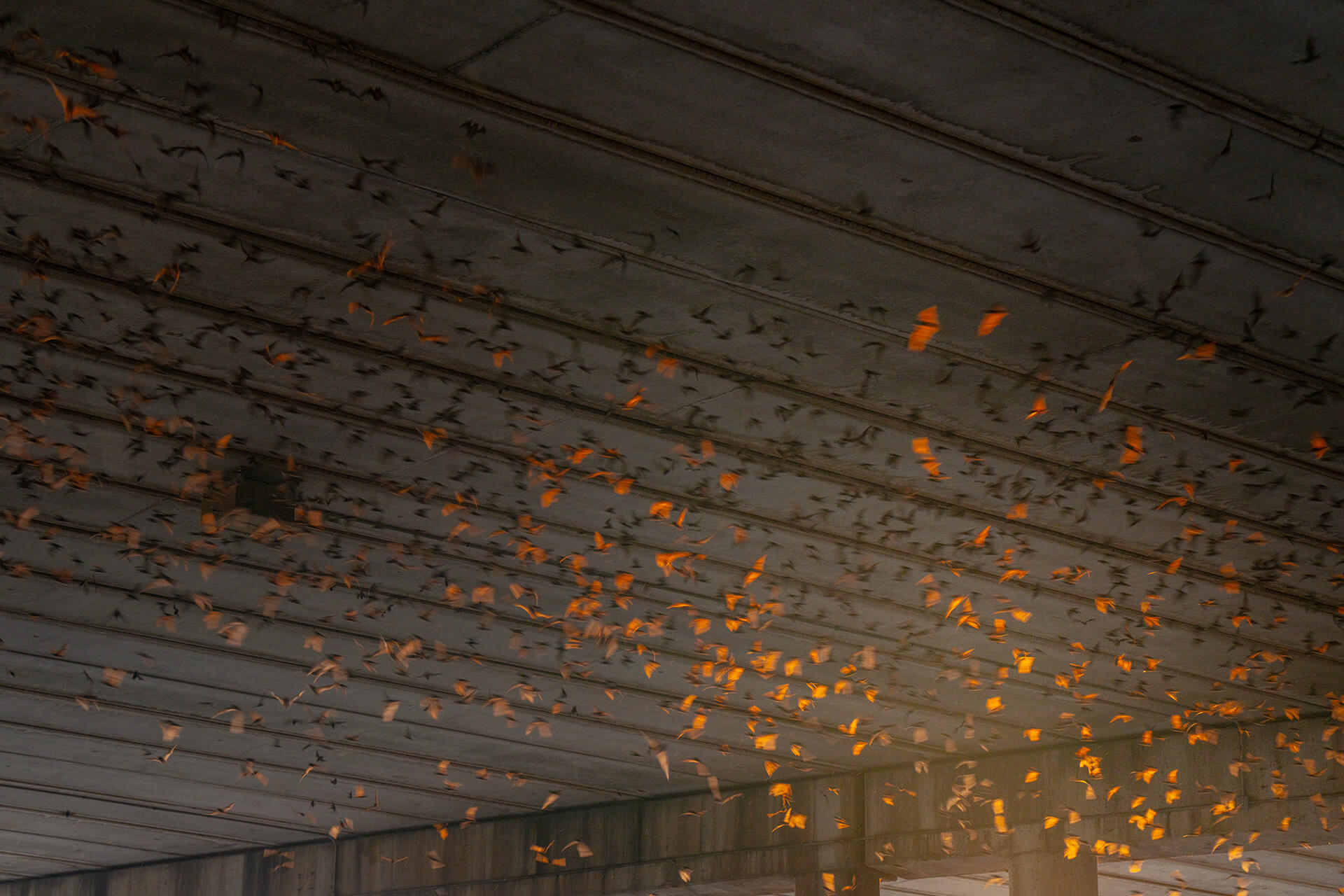
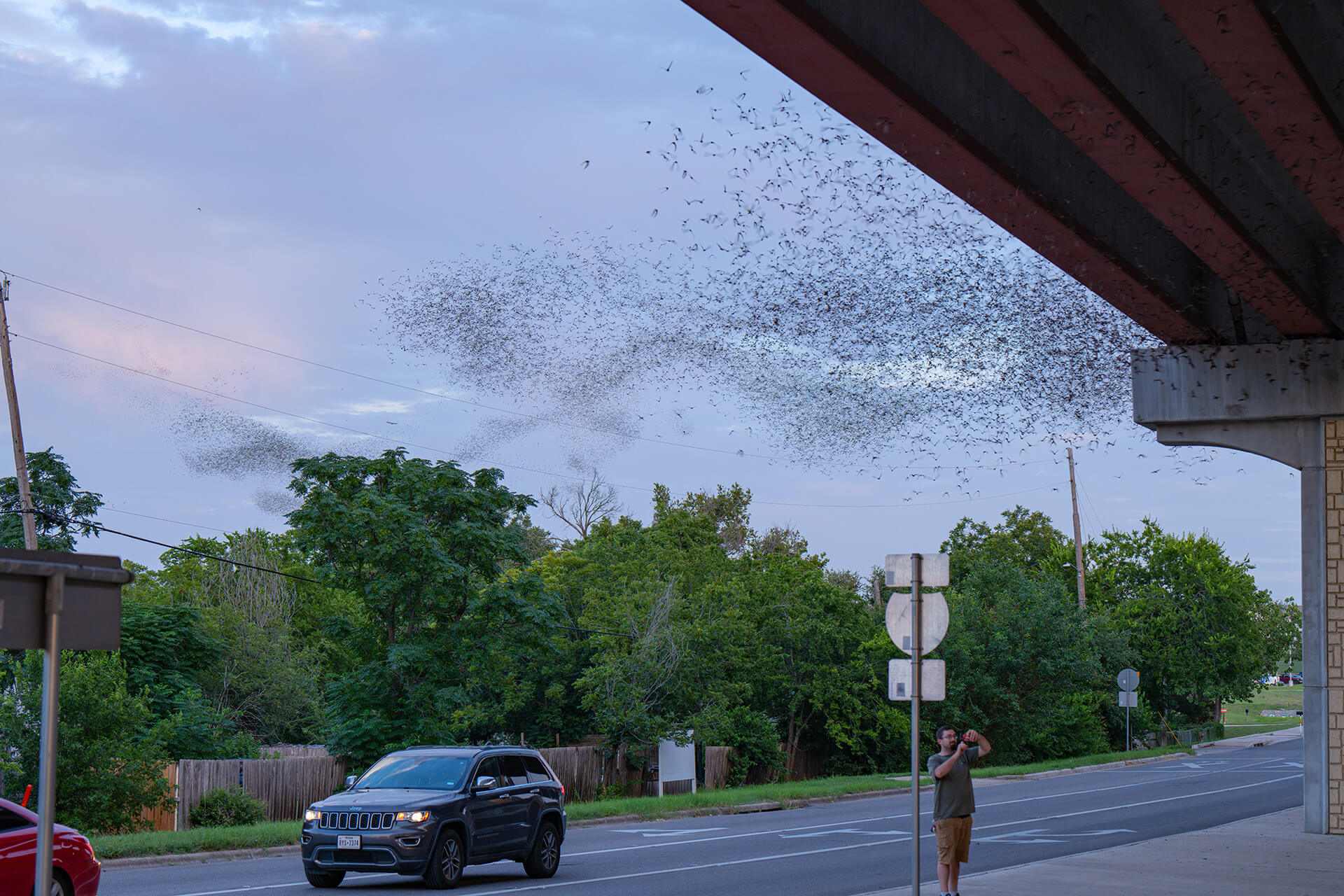
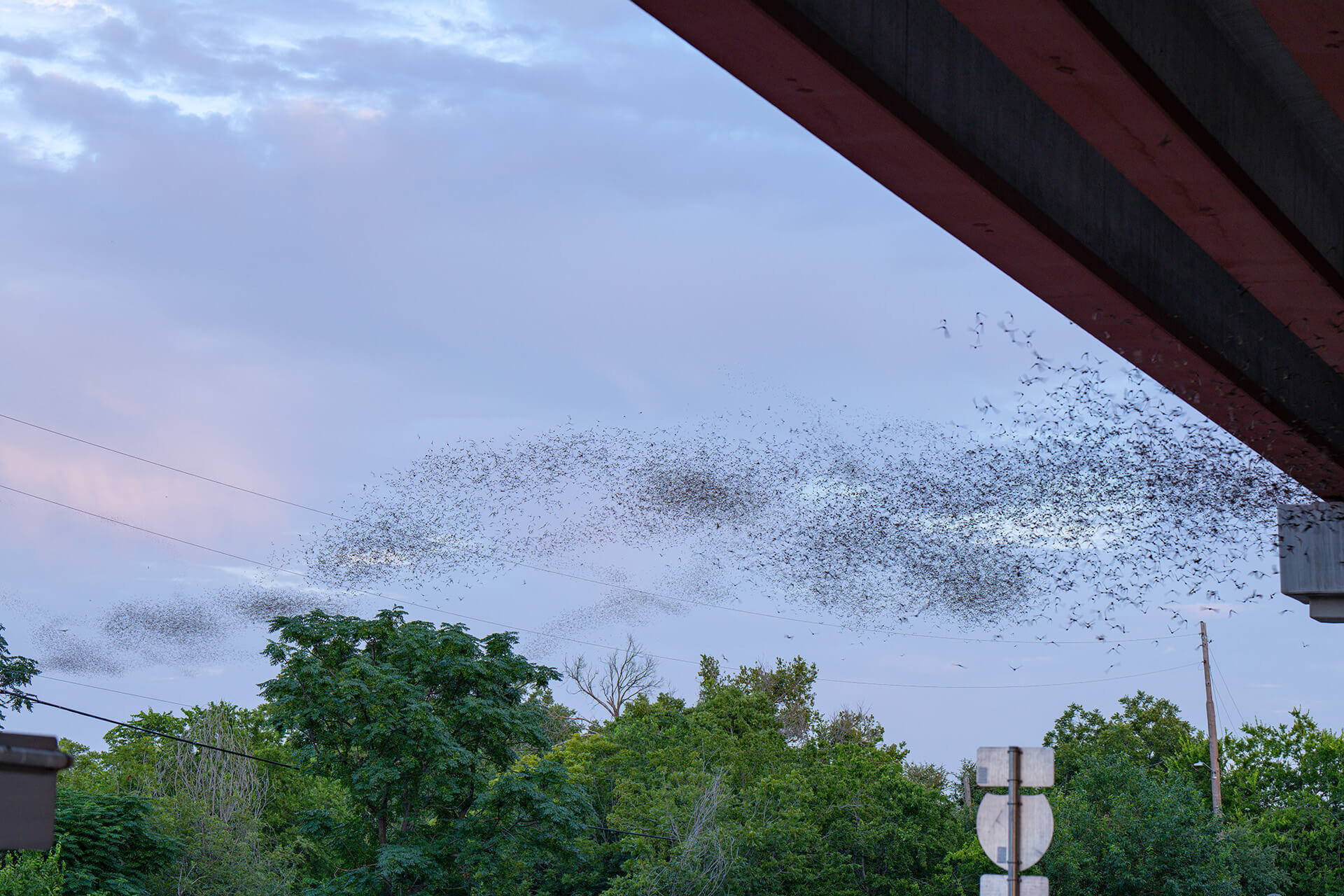
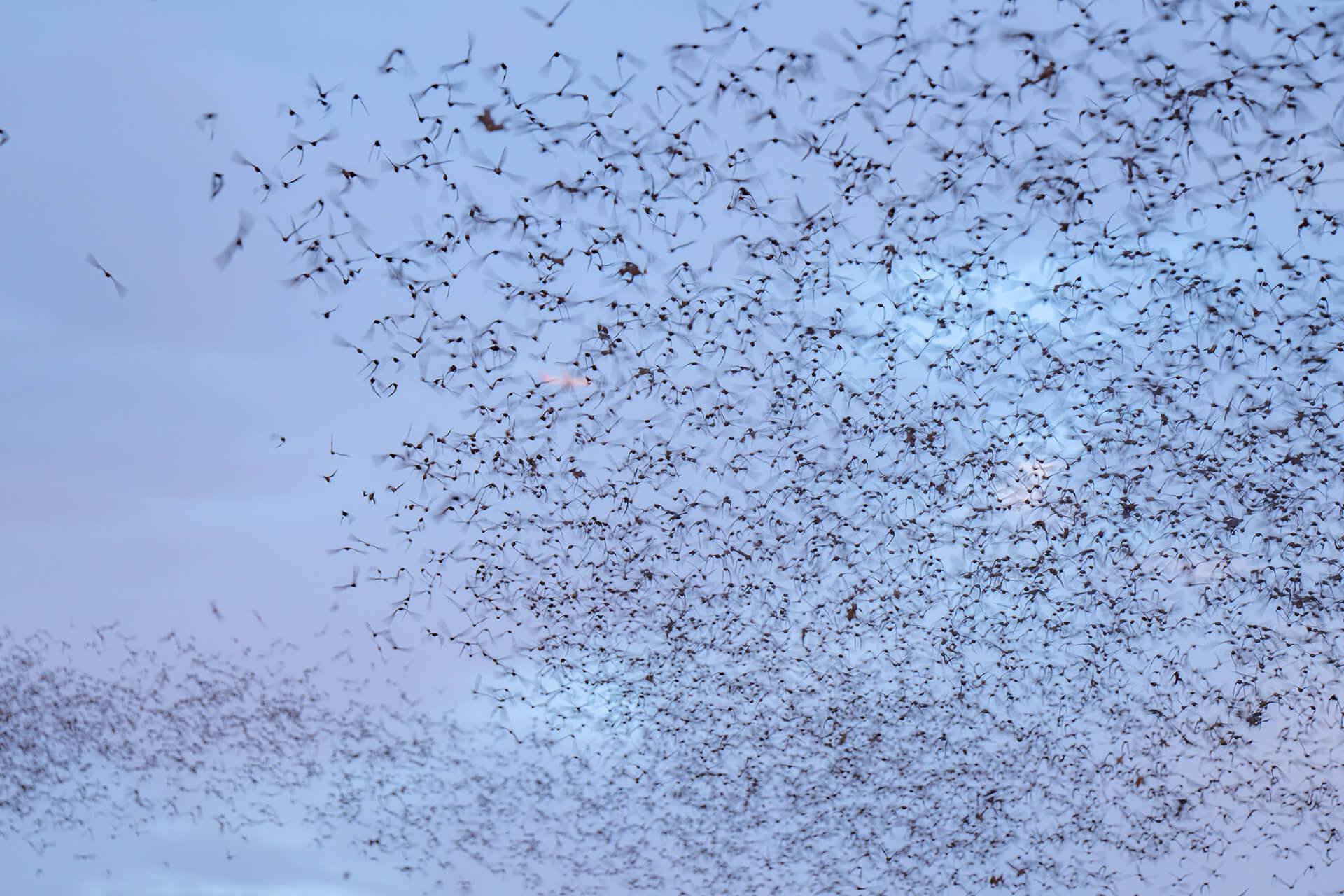

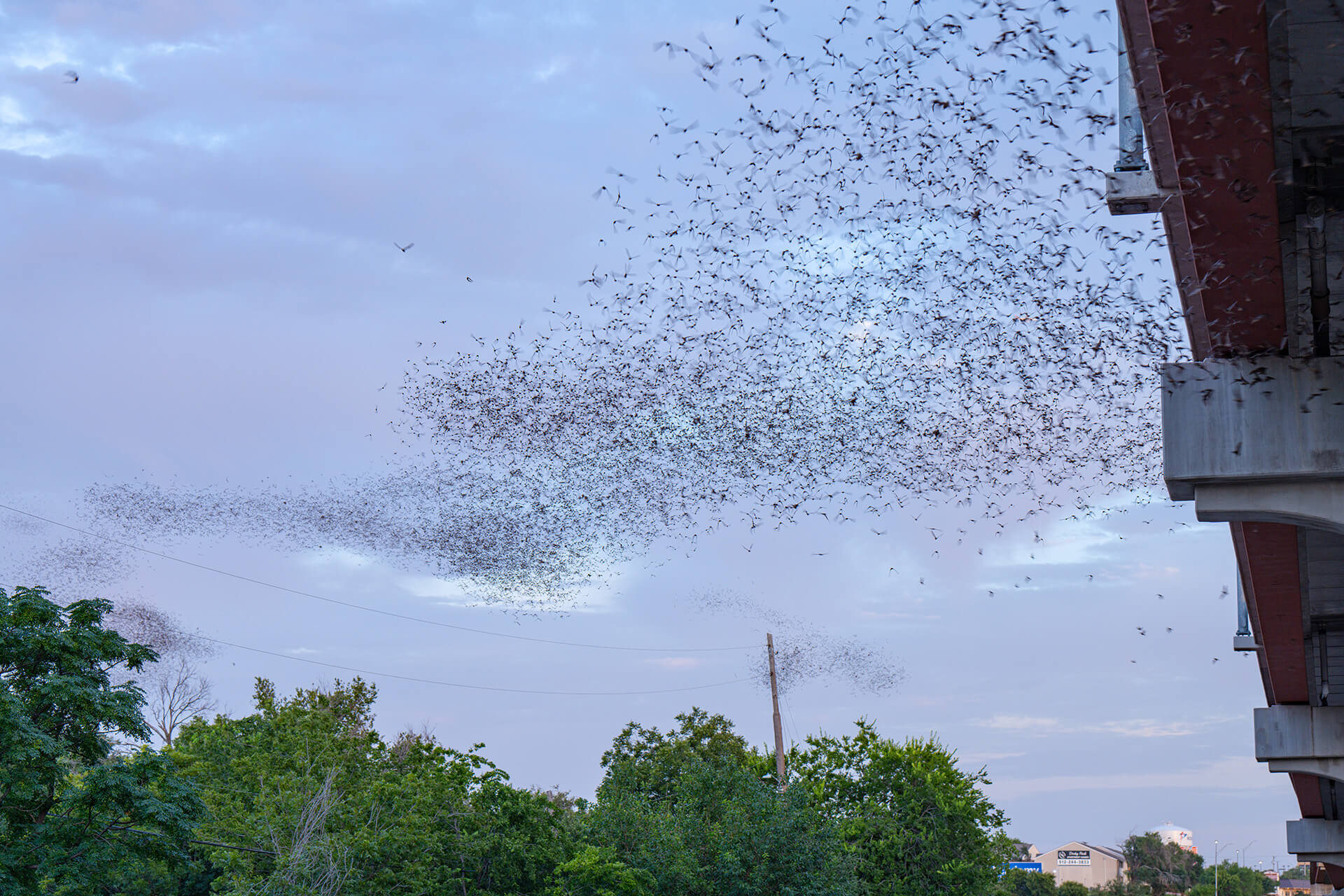
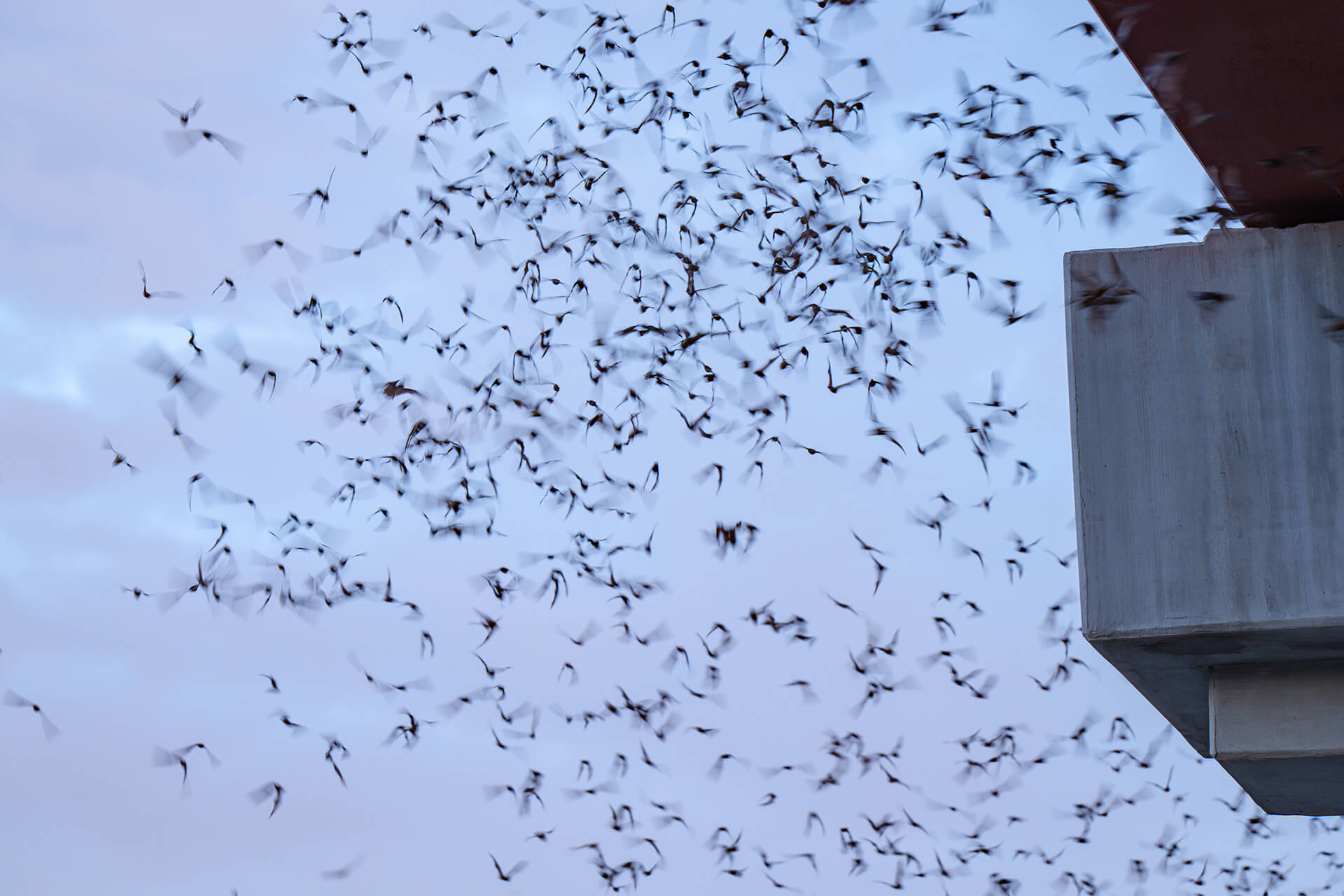
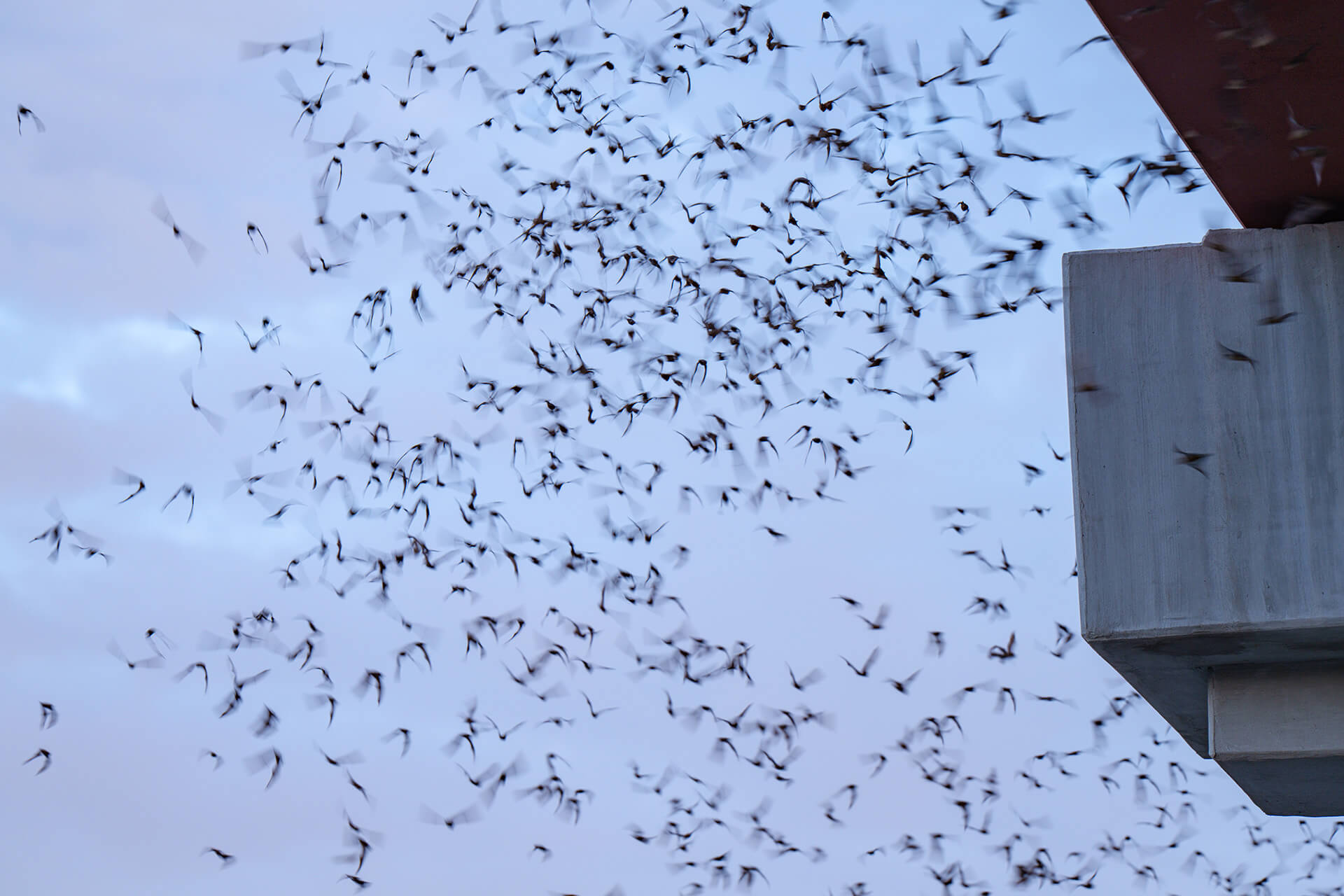

For more on native bats, including other sites around Texas and live cams, visit www.batcon.org.






